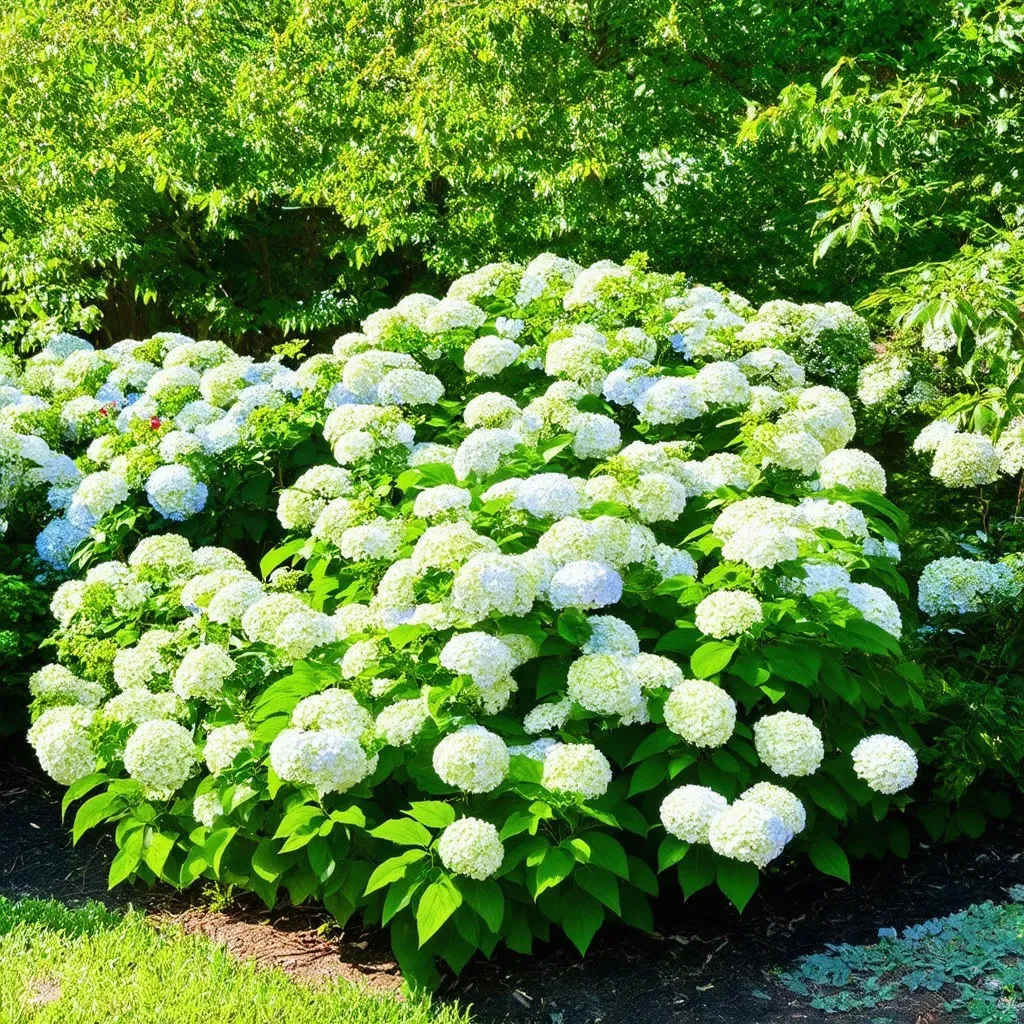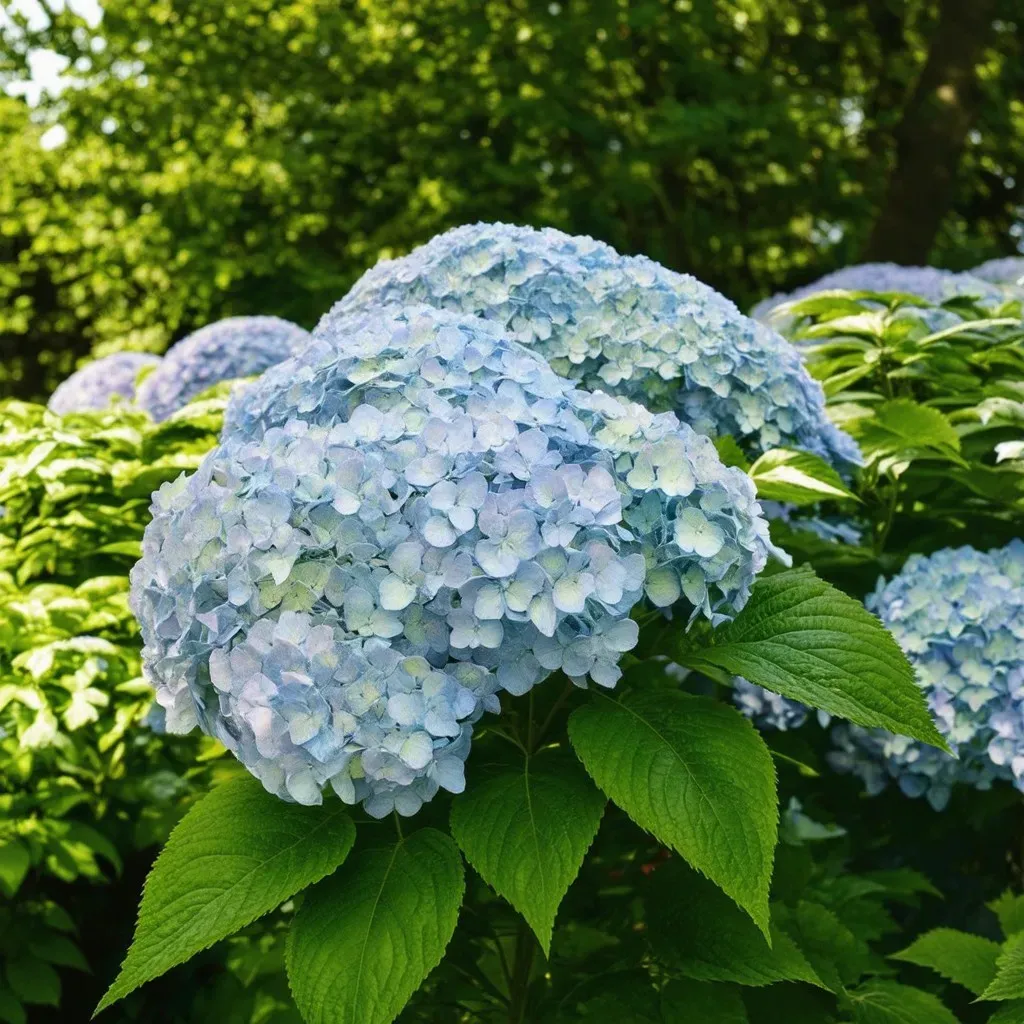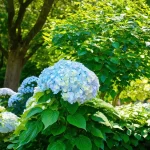Prune Snowball hydrangea is an essential gardening task that can transform your garden from drab to fab! Understanding when and how to prune these stunning shrubs will significantly enhance their flowering performance and overall health. This article will guide you through the nuances of snowball hydrangea pruning, ensuring your plants remain vibrant and lush.
Understanding Snowball Hydrangeas
Snowball hydrangeas, known scientifically as Hydrangea arborea, are deciduous shrubs that typically grow from 3 to 6 feet tall, and sometimes even wider, reaching up to 8 feet across. These beautiful plants are cherished for their large, round clusters of white blooms that resemble snowballs, which appear in summer. To maintain their health and encourage abundant flowering, proper pruning is necessary.
When to Prune Snowball Hydrangeas
Timing is crucial when it comes to snowball hydrangea pruning. The ideal time to prune your hydrangea is typically in late winter or early spring, right before the new growth begins. This timing ensures that you do not accidentally remove the flower buds that form on new wood.
| Season | Pruning Action |
|---|---|
| Late Winter (February) | Start pruning after the last frost |
| Early Spring (March) | Finalize cuts before new growth |
| Summer (Post-Bloom) | Light trimming for shape or removal |
How to Prune Snowball Hydrangeas
Pruning snowball hydrangeas is a straightforward process, but it does require some technique. Here are the steps to follow:
-
Prepare Your Tools: Use sharp, clean pruning shears or loppers to make clean cuts.
-
Identify Dead or Damaged Wood: Start by cutting out any dead, damaged, or diseased branches. This promotes healthy growth and improves airflow, reducing disease risk.
-
Cut Back Older Stems: Each year, prune about one-third of the oldest stems back to the ground. This rejuvenates the plant and encourages vigorous new growth.

-
Shape the Shrub: After removing aged wood, trim back remaining stems to shape the plant. Aim for a symmetrical look by cutting just above a healthy bud or node, promoting a bushier appearance.
-
Clean Up Debris: Remove any clippings or debris from the area to avoid attracting pests or diseases.
Benefits of Pruning Snowball Hydrangeas
Pruning snowball hydrangeas has numerous benefits. Here’s a quick list of why maintaining this practice is essential:
-
Encourages New Growth: Removing older stems allows space for new wood, essential for producing flowers.
-
Enhances Bloom Production: Pruning helps ensure that the plant invests energy in producing vibrant blooms instead of maintaining lots of old wood.
-
Improves Plant Health: Dead and diseased branches can hinder overall health, making pruning a critical maintenance task.
-
Maintains Desired Size: Regular pruning can help manage the size of the shrub, making it suitable for different garden spaces.
Fun Fact
Did you know that improper pruning can result in a lower bloom count? By following the guiding principles for snowball hydrangea pruning, you can promote a healthier plant with an array of beautiful flowers.
Frequently Asked Questions (FAQ)
Q1: Can I prune snowball hydrangeas in the fall?
A: It is not recommended to prune in the fall because the plant may be preparing to go dormant. Late winter or early spring is preferable.
Q2: How much should I prune back my snowball hydrangea?
A: Aim to prune about one-third of the oldest stems each year to encourage new growth. Avoid cutting more than half of the plant, as this can stress the shrub.
Q3: What if I miss the pruning window?
A: If you miss late winter or early spring, you can still prune but be cautious to ensure you don’t remove all potential bloom buds. Light shaping can still be done in summer after blooming.
Q4: How do I know if my snowball hydrangea is healthy?
A: Healthy plants generally have vibrant foliage, sturdy stems, and produce an abundance of blooms. If you notice slow growth or sparse flowers, it may be time to reassess your care routine.
Q5: Should I fertilize after pruning?
A: Yes! After pruning, consider using a slow-release fertilizer designed for shrubs to boost new growth and bloom production.
Additional Tips for Maintaining Snowball Hydrangeas
-
Watering: Ensure adequate moisture, especially during dry spells. Mulching can help retain soil moisture while regulating temperature.
-
Pest Control: Regularly check for pests like aphids or spider mites. If necessary, use insecticidal soap or natural predators to manage populations without harming the plant.
-
Fertilizing: In addition to annual pruning, applying a balanced fertilizer in spring can help give your snowball hydrangeas the nutrients they need for abundant blooms.

Related Resources
For further details on snowball hydrangeas and their care, visit Better Homes & Gardens.
By mastering the art of pruning snowball hydrangeas, you’ll be well on your way to a healthy, blooming shrub that captures the essence of summer beauty in your garden. With the tips in this guide, your green thumb will flourish, and your yard will become a stunning showcase of these magnificent blooms!


